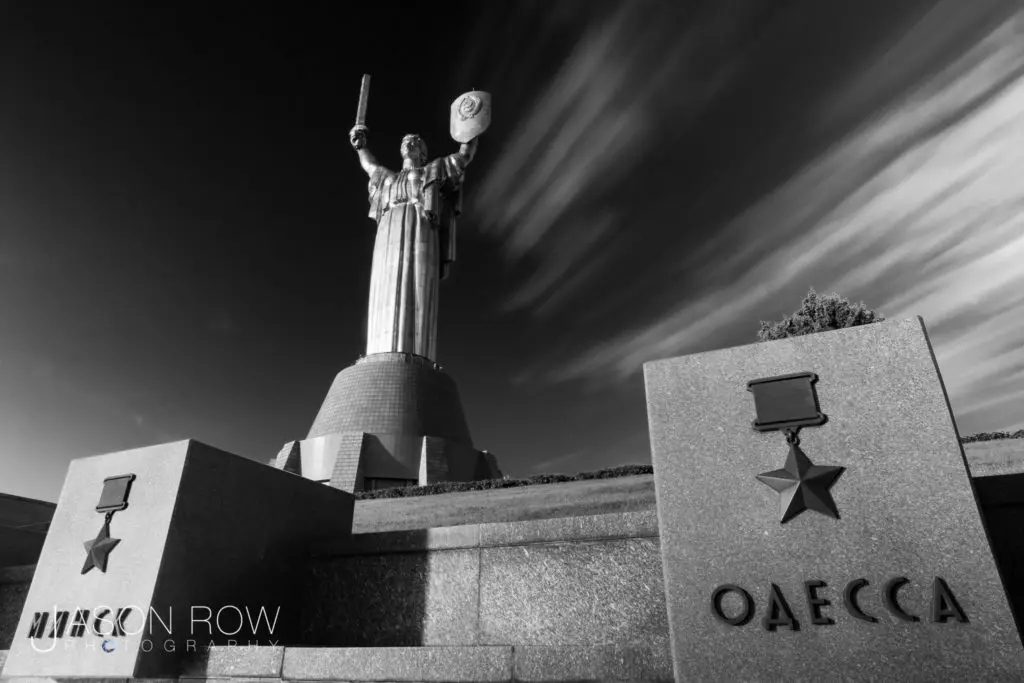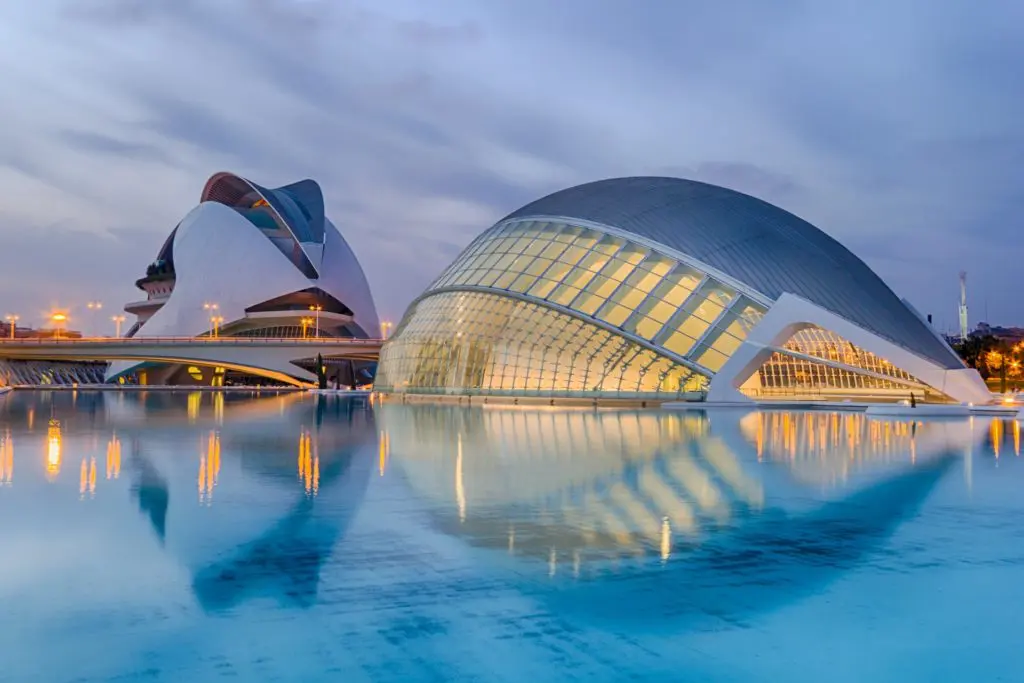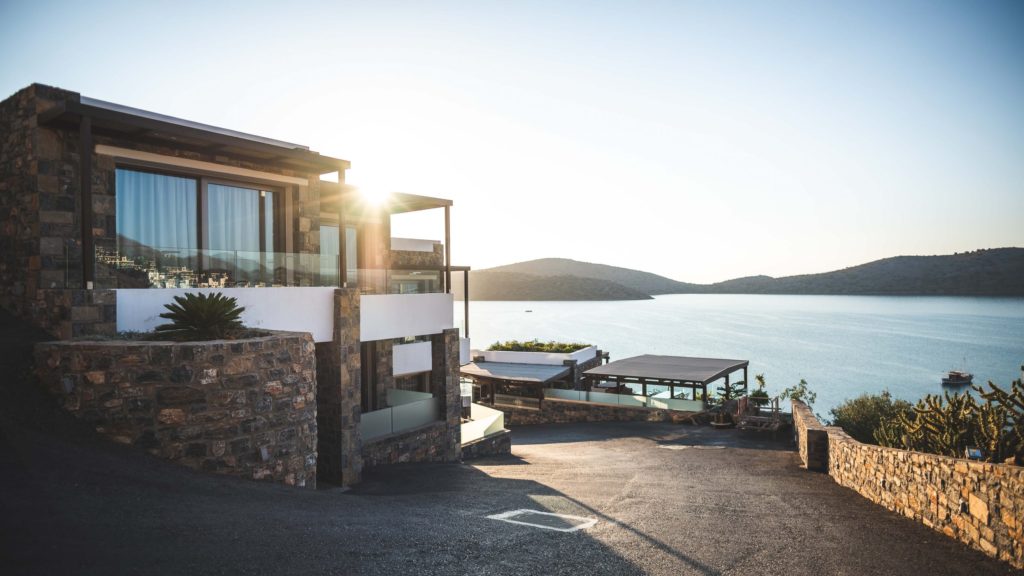Architecture photos, although they may look simple, are a very challenging genre of photography and, if done well, can be very rewarding. Like other outdoor photography, the best time to shoot architecture is the golden and blue hours allowing for some beautiful long exposure images plus the added bonus of fewer people near those buildings, but there are some stunning images you can create during the daytime too. Do not rush, but take your time to look and walk around and compose strong and unique images.
Here are three quick tips for better architecture photos
Look For Perfect Lighting Conditions: When shooting architectural structures, in order to avoid images from turning out flat, look for times when the sun is at an angle that will create strong shadows among the textures and patterns of the building. This can create contrast and make way for some dramatic images. Do not forget the reflections in glass buildings or in a puddle after the rain, as these can bring in an extra dimension and meaning to the image.
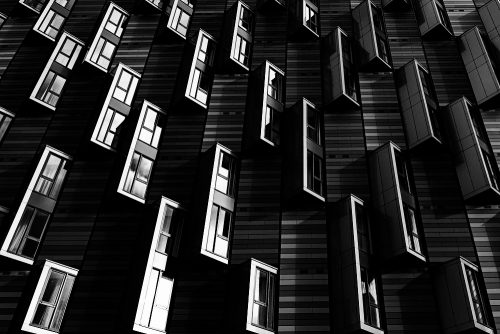
Image by Snapwire Snaps
Look For Different Perspectives: In the case of very tall buildings, rather than positioning yourself far away from the building and framing the whole building, you can go close to the base of the building and shoot looking up. Look for any lines that you can use to lead the viewer up the structure and see if you can bring in some of the beautiful skies to bring a punch to your images.
Note: If the building has interesting patterns, and if you do not want to shoot looking up, you can get further away or into a nearby building (a few stories up) to frame any repeating patterns or structures (rhythm) in the architecture or create some abstract art.
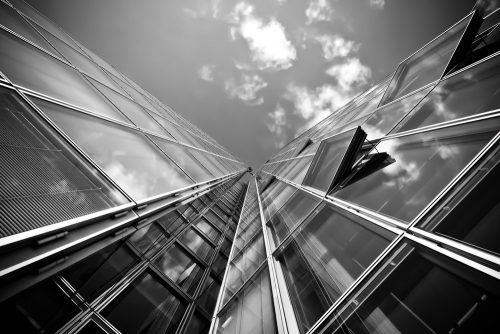
Image by Michael Gaida
Use A Wide Angle Lens: Most grand architecture are sometimes found in cramped up places where you may not have enough space to move further away to get the whole building in frame. Usually, it is best to use a wide angle or fish-eye lens for some creative, dramatic composition and to get the whole structure in the frame. But, if you do not have one, not to worry; try a panoramic shot.
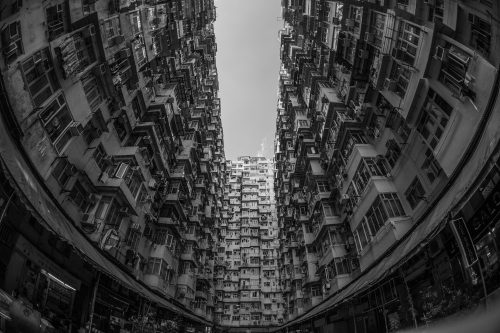
Image by Ben Cheung
Architecture is one of those photographic subjects where a solid knowledge of composition really can differentiate your images from the crowd. If you are into architectural photography and wish to take your composition skills to the next level, make sure you check out Advanced Composition Guide by Photzy.

